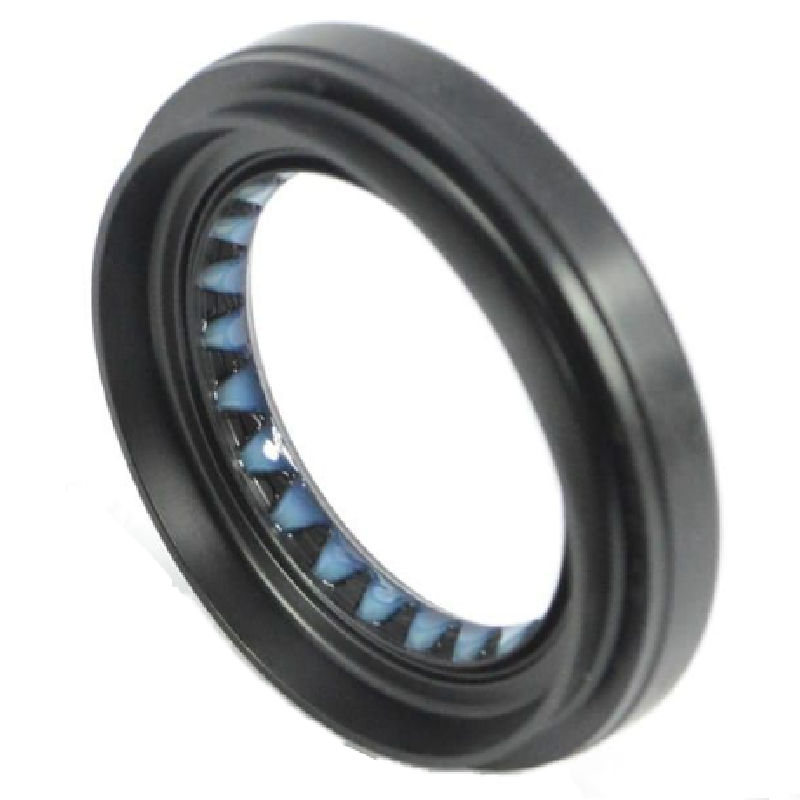Understanding O-Ring Flange Seals for Improved Sealing Performance and Reliability
Understanding O-Ring Flange Seals A Comprehensive Overview
O-ring flange seals are critical components widely used in various industries for ensuring leak-proof connections in assemblies involving flanged joints. Their design combines functionality with simplicity, making them an essential solution in many applications ranging from automotive to aerospace, and even in fluid processing systems.
An O-ring seal typically consists of a round elastomeric ring that is seated in a groove on one of the flanges. When the flanges are bolted together, the O-ring is compressed, creating a tight seal that prevents leakage of fluids or gases. The effectiveness of O-ring seals lies in their ability to conform to the mating surfaces, thereby compensating for any imperfections and providing reliable sealing.
Key Advantages of O-Ring Flange Seals
1. Versatility O-ring flange seals can be used in various applications. They are compatible with different types of fluids, including oils, gases, and even aggressive chemicals, depending on the material used for the O-ring itself.
2. Ease of Installation The installation process for O-ring seals is straightforward. When properly sized, they can be easily placed in the groove without specialized tools, making them a convenient choice for on-site repairs or assembly.
4. Durability Made from various materials such as rubber, silicone, or fluoropolymers, O-rings can withstand a broad range of temperatures and pressures. This durability helps in extending the lifespan of the seals, resulting in lower maintenance costs over time.
o ring flange seal

Considerations for Choosing O-Ring Flange Seals
Selecting the appropriate O-ring for a specific application involves careful consideration of several factors
- Material Compatibility The material of the O-ring must be compatible with the media it will seal. For instance, in high-temperature applications, materials like fluorocarbon or silicone may be preferred, while nitrile rubber may be suitable for petroleum-based fluids.
- Size and Tolerance Proper sizing is crucial. An O-ring that is too large or too small can lead to leakage. Tolerance levels must also be considered to ensure that the O-ring fits correctly within the groove.
- Operating Conditions Temperature, pressure, and the presence of chemicals in the environment need to be evaluated to choose the right O-ring material that can withstand operational challenges.
Conclusion
In summary, O-ring flange seals are invaluable in ensuring the integrity of flanged connections across various industries. Their effectiveness in preventing leaks, combined with simplicity in installation and a wide range of compatible materials, makes them a preferred sealing solution. By understanding the essential aspects of O-ring design, material selection, and application requirements, engineers can make informed decisions that optimize performance and reliability in their systems. The continued innovation in O-ring technology promises further enhancements in their capabilities, ensuring they remain a staple in modern engineering solutions.
-
The Ultimate Guide to Car Repair Kits: Tools and Essentials Every Driver Should Own
News Aug.01,2025
-
The Complete Guide to Oil Pan Gaskets: Sealing Engine Leaks the Right Way
News Aug.01,2025
-
Preventing Oil Leaks: A Complete Guide to Oil Pan Gaskets and Drain Seals
News Aug.01,2025
-
Everything You Need to Know About Oil Pan Gaskets and Drain Plug Seals
News Aug.01,2025
-
Essential for Car Owners: How to Use a Car Repair Kit to Deal with Minor Breakdown
News Aug.01,2025
-
Comprehensive Guide to Engine Oil Sump Gaskets and Related Seals
News Aug.01,2025
-
The Ultimate Guide to Boat Propeller Bearings and Trailer Wheel Bearings
News Jul.31,2025
Products categories















